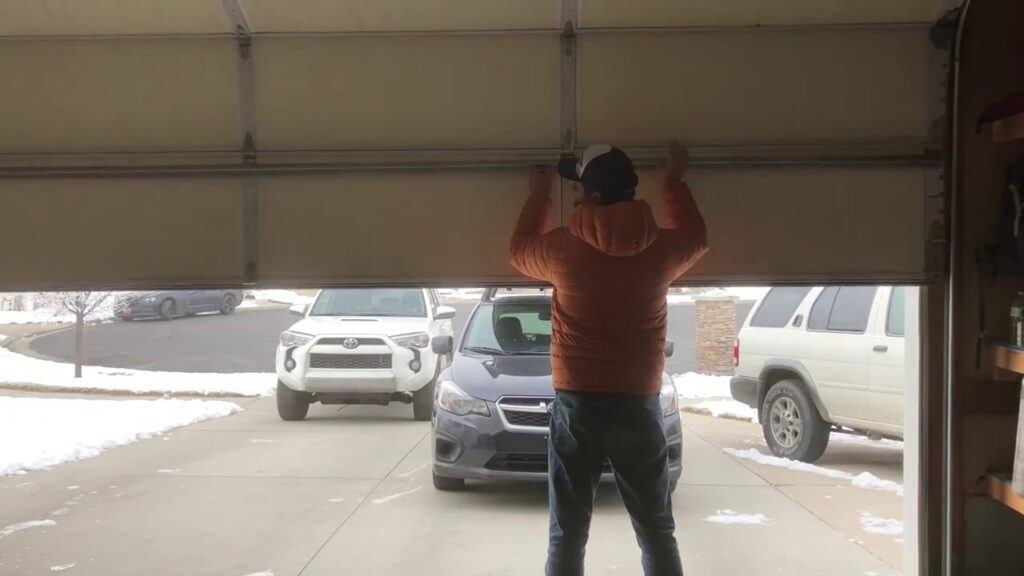When your garage door opener is broken, it can be a frustrating experience. You may be wondering how you are going to get into your garage. Don’t panic! You can try a few things to get the door open.
First, check if the opener is plugged in. Next, check if the bracket needs to be tightened or replaced. Finally, you can manually open the door if everything else fails. By following these simple steps, you should be able to get in or out of the garage in no time.
If you want the best services for garage door bracket repair — Fix Garage Doors CA is the place to go. They have a team of experienced and qualified technicians familiar with the niche. They offer competitive prices and will work with you to find a solution that fits your budget.
These are steps you can take for an immediate solution. But if you want to get rid of the problem once and for all, you should know the type of garage door opener. Because this way it will be easier to solve this problem quickly and efficiently.
Click here – Vitamins For Babies And Toddlers: Everything You Need To Know
Identify The Type Of Garage Door Opener
These are the main types you can find on the market:
- Chain-drive
- Belt-drive
- Screw-drive.
Chain-Driven Opener
This type of device is used to operate the door automatically. It consists of a chain driven by a motor connected to the door. This unit is more expensive than the other options, but it is more durable and can be used for heavy doors.
If you have this type installed, you can open the garage entrance manually.
First, locate the red cord hanging from the motor unit. It is the emergency release cord. Pulling on this cord will disengage the trolley from the carriage, allowing manual operation.
Belt-Driven Opener
This kind uses a belt to open and close the door. There are two types of belt-driven openers: direct drive and jackshaft.
The first ones have the motor in the centre of the garage door, while the latter has the engine mounted on the side instead. These devices are known for their quiet operation and durability.
There Are A Few Things You Can Do To Try And Open A Door With Such A System:
- First, check if the red cord is hanging from the motor unit. If it is, you can simply pull on this cord to release the door.
- If this doesn’t work, or the cord is not hanging down, you’ll need to disconnect the system. To do this, look for the brackets that hold the unit to the ceiling and unscrew them. Once done, the manual operation should be available.
- If you’re still having trouble, it may be because of a problem with the bracket. The bracket helps to hold the device in place and can become damaged over time. If it’s the bracket that causes the problem, you should call a professional for help.
Screw-Driven Opener
This type of device consists of a handle attached to a screw, which is turned to open or close the door. They are common in residential and commercial applications, as they are simple to install and operate.
If you’re stuck in the garage when the power is out and the screw-driven device is not working, this can be a real pain. Here are a few tips that can help:
-
Open It Manually
If the power is out, the opener may not operate, but you may be able to open the door manually. So give it a try first. To do this, simply remove the unit from the track and lift the door yourself.
-
Use Override
If it’s too heavy to lift manually or you can’t get it to budge, try using a manual override. Most screw-driven options have this feature that will allow you to operate the opener even when there is no power. Check out the manual for your model for more details.
Conclusion
In conclusion, if your garage door opener is broken, the best course of action is to identify the type you have installed and find a solution accordingly. With some research and elbow grease, you should be able to fix the system and get rid of the problem in no time.
Click here – AutoCAD Files: Basic Facts To Know About DWG And Other Formats






